Kenwood KR-200HT User manual
Other Kenwood Stereo Receiver manuals

Kenwood
Kenwood KR-V6090 User manual
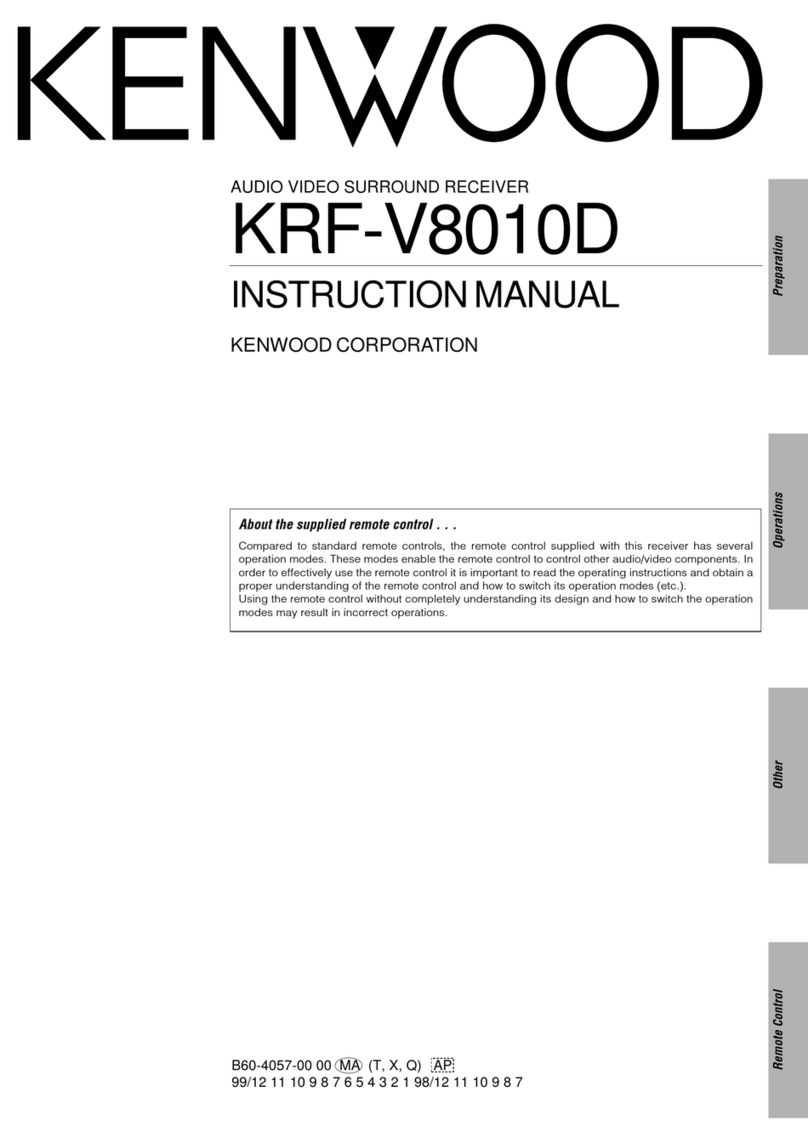
Kenwood
Kenwood KRF-V8010D User manual
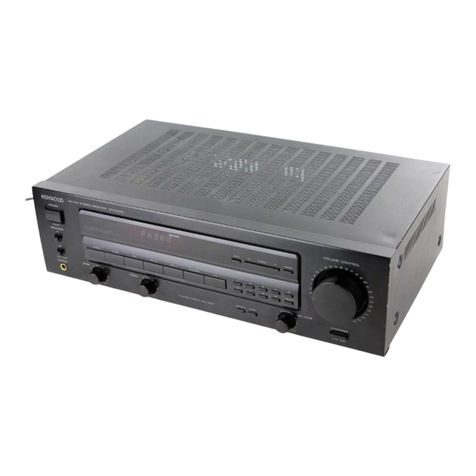
Kenwood
Kenwood KR-A4030 User manual

Kenwood
Kenwood KRF-V7020D User manual
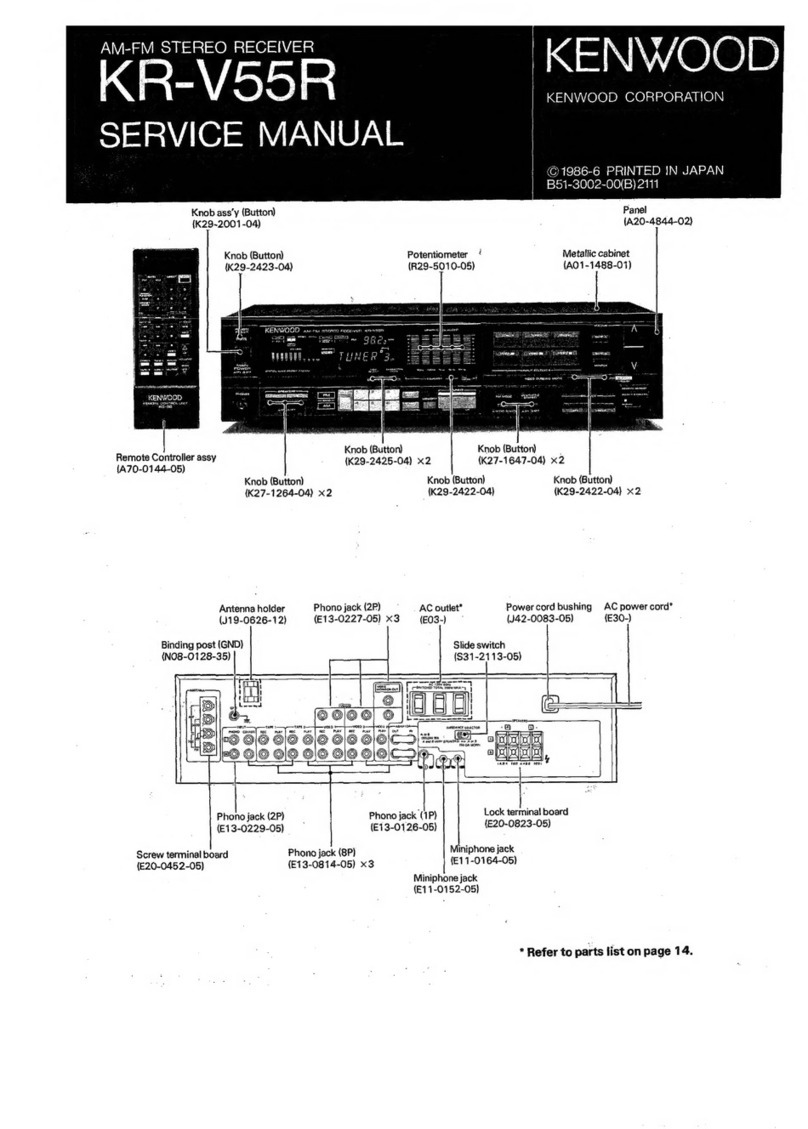
Kenwood
Kenwood KR-V55R User manual
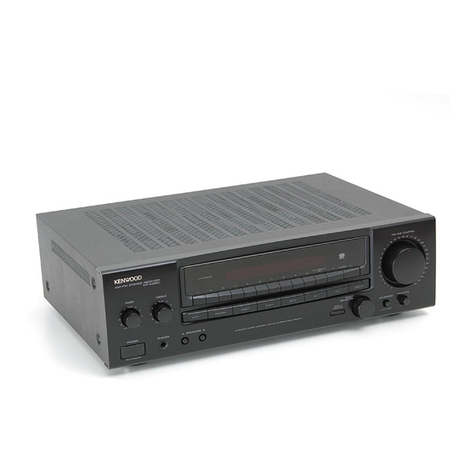
Kenwood
Kenwood KR-A5060 User manual
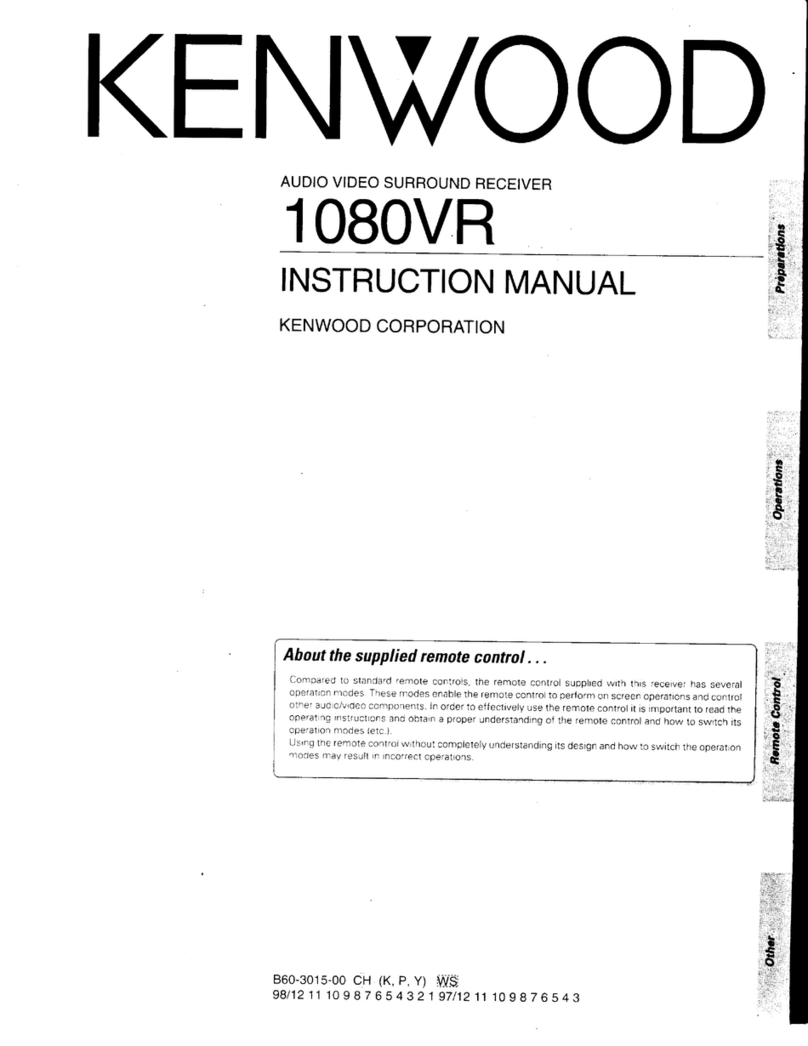
Kenwood
Kenwood 1080VR User manual

Kenwood
Kenwood KRF-V5100D User manual

Kenwood
Kenwood KR-V999D User manual
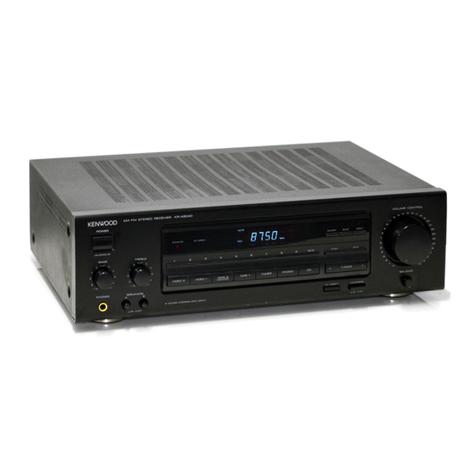
Kenwood
Kenwood KR-A5040 User manual
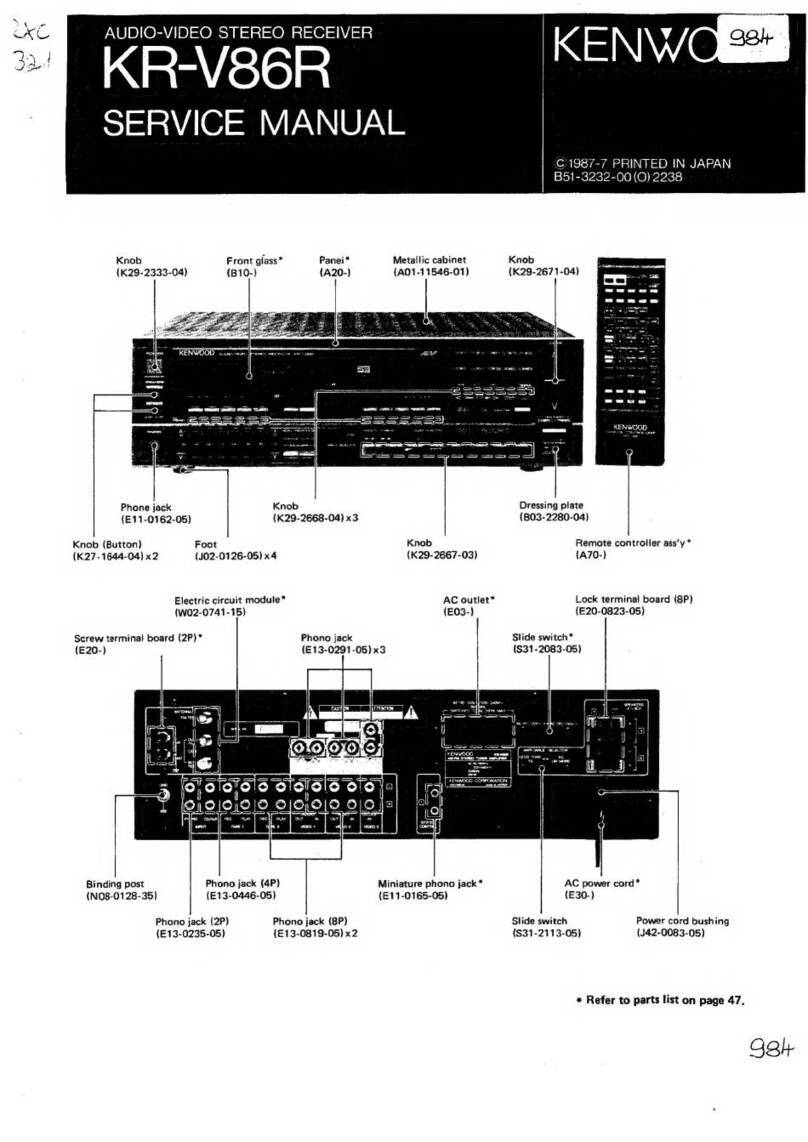
Kenwood
Kenwood KR-V86R User manual
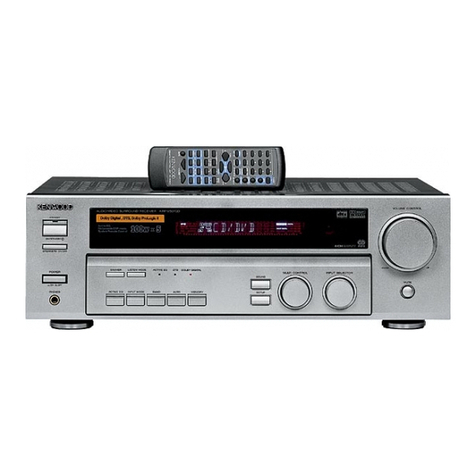
Kenwood
Kenwood KRF-V4070D User manual

Kenwood
Kenwood KR-V9020 User manual
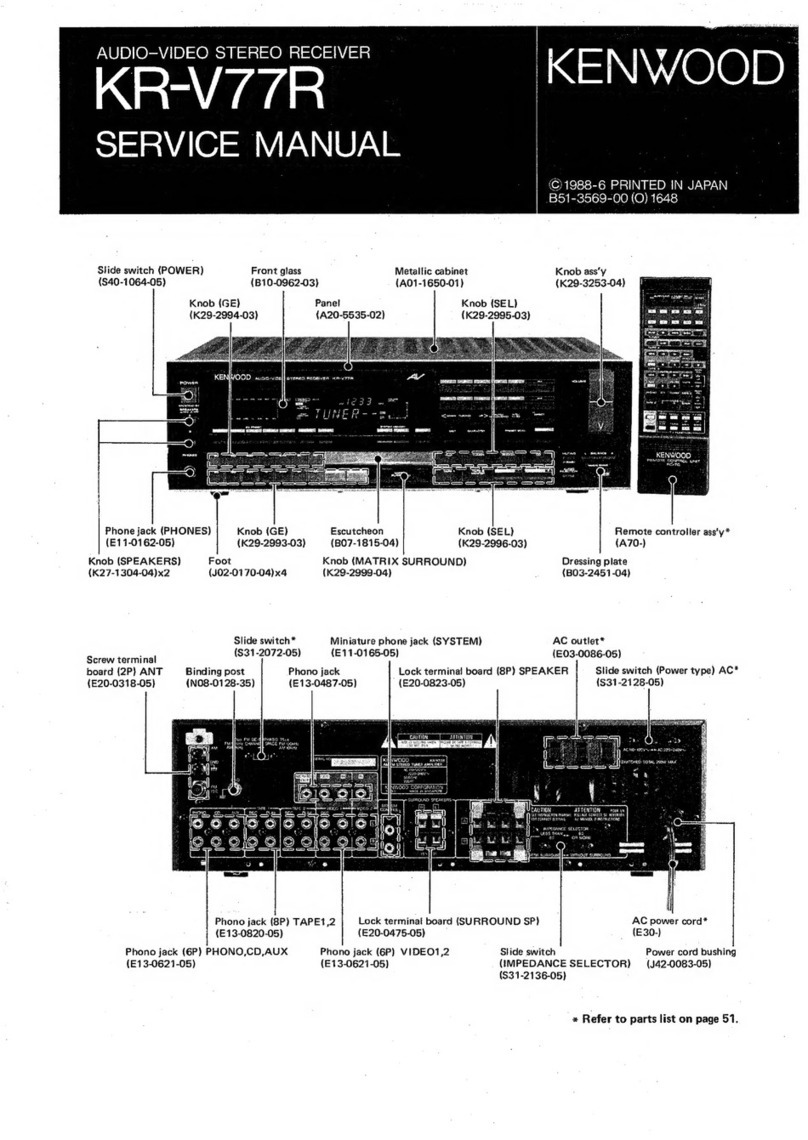
Kenwood
Kenwood KR-V77R User manual

Kenwood
Kenwood 103AR User manual
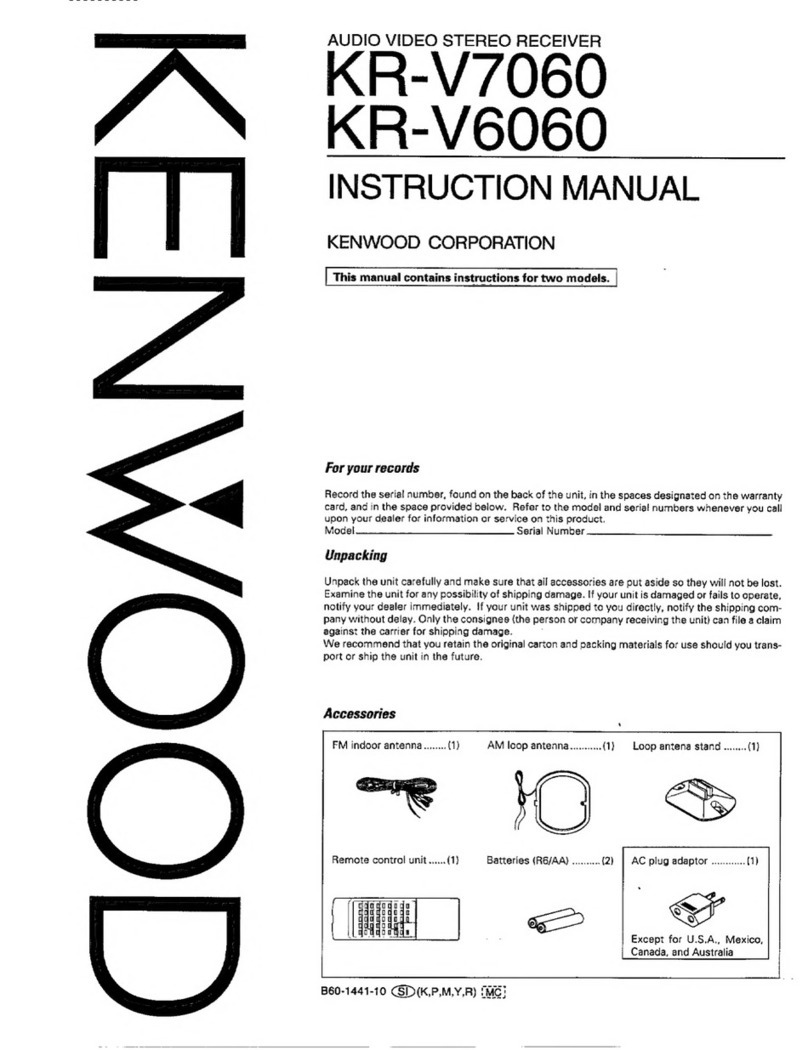
Kenwood
Kenwood KR-V7060 User manual
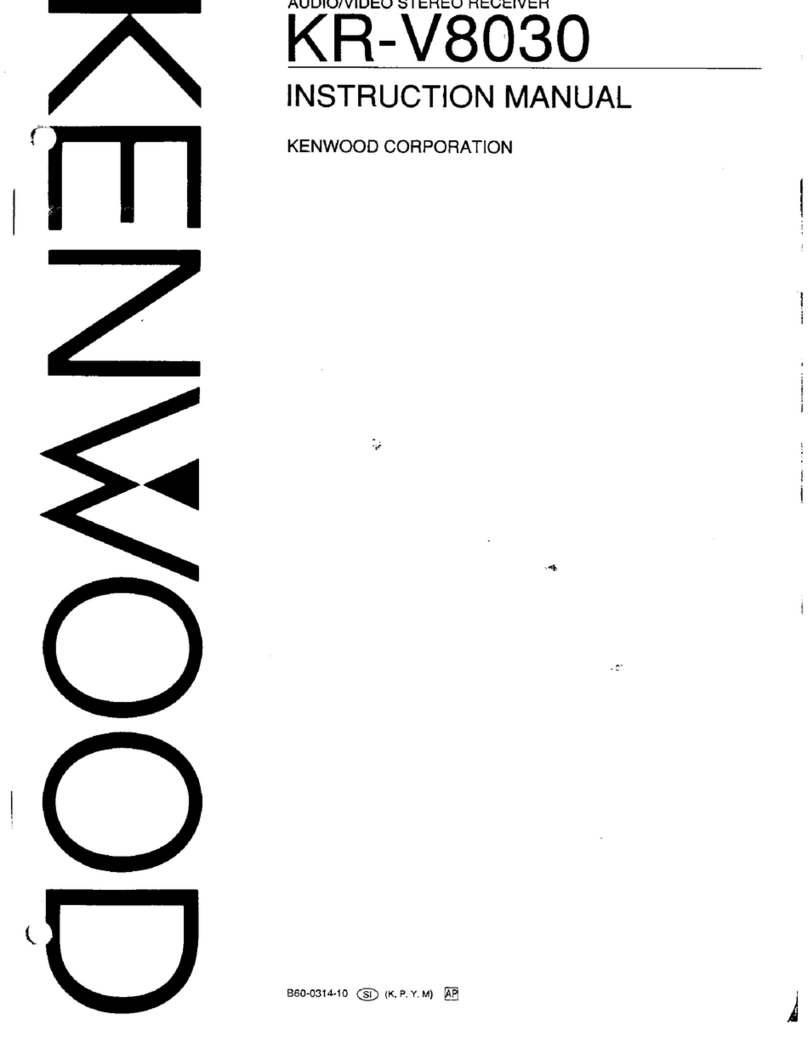
Kenwood
Kenwood KR-V8030 User manual

Kenwood
Kenwood KR-V125R User manual
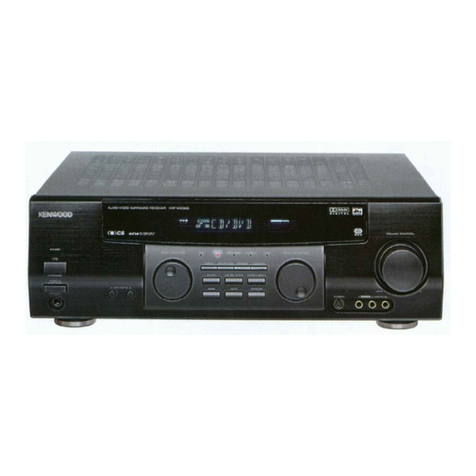
Kenwood
Kenwood KRF-V8030D User manual
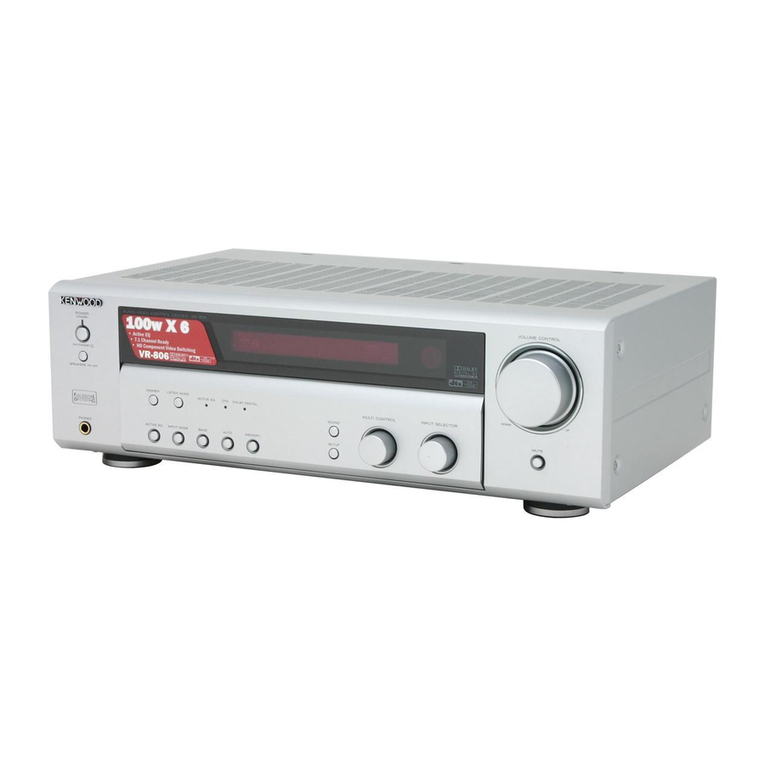
Kenwood
Kenwood krf v5080d User manual
Popular Stereo Receiver manuals by other brands

Radio Shack
Radio Shack DX-399 owner's manual

Sony
Sony STR-DE535 - Fm Stereo/fm-am Receiver operating instructions

Pioneer
Pioneer SX-1000TA operating instructions

Yamaha
Yamaha MusicCast TSR-5B3D owner's manual

Sony
Sony STR-DG500 - Multi Channel Av Receiver Service manual

Sherwood
Sherwood Newcastle RX-770 operating instructions

























